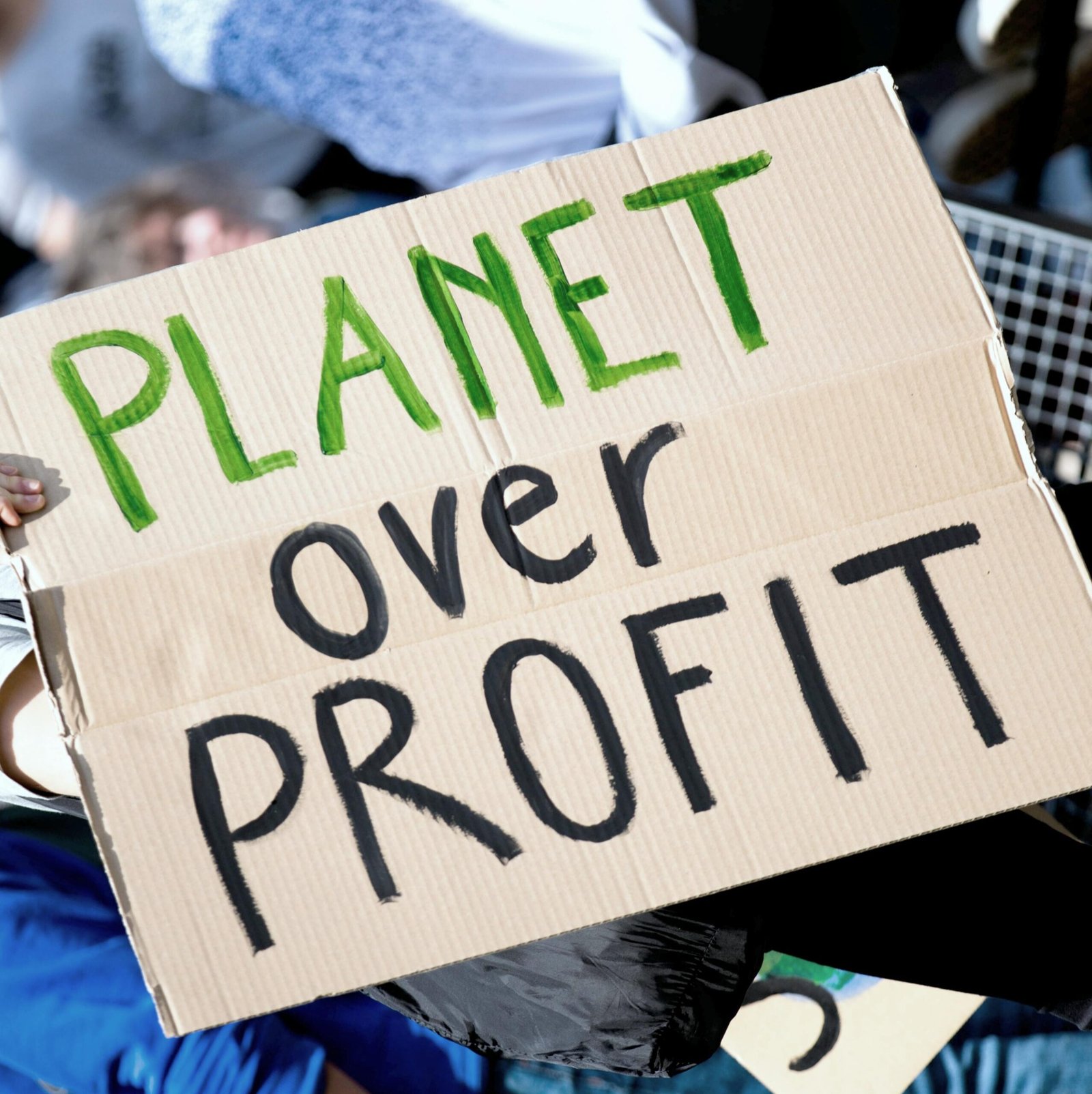Uncharted Territories: Understanding the Dynamics of Our Environment
October 31, 2024 | by gohar.ayub714@gmail.com
 Photo by Mika Baumeister on Unsplash
Photo by Mika Baumeister on Unsplash The Interplay of Climate Change and Ecology
The relationship between climate change and ecological systems is intricate and multifaceted, marked by a range of factors that exert significant influence on biodiversity. Climate change, primarily driven by anthropogenic activities, manifests in rising temperatures, altered precipitation patterns, and an increase in the frequency and intensity of extreme weather events. These changes can adversely affect the delicate balance within ecosystems, leading to profound consequences for various species and their habitats.
For example, the phenomenon of rising temperatures is resulting in the shifts of species’ ranges, as many organisms struggle to adapt to new climatic conditions. Certain species may migrate toward cooler areas, such as higher altitudes or latitudes, while others may face extinction due to their inability to cope with the rapidly changing environment. Moreover, warmer temperatures contribute to habitat degradation, such as coral bleaching in marine ecosystems, which severely impacts the biodiversity that relies on these critical habitats.
Shifting weather patterns also play a critical role in the ecology of an area. Changes in precipitation can lead to droughts or flooding, both of which devastate habitats and the species that inhabit them. For instance, prolonged drought conditions can lead to reduced water availability for plants and animals, destabilizing local ecosystems. Conversely, increased rainfall may cause erosion and runoff, damaging aquatic ecosystems and diminishing water quality.
Case studies illustrate the challenges faced by various ecosystems under climate change scenarios. Research highlighting the vulnerability of polar ecosystems shows a direct correlation between rising temperatures and the decline of ice-dependent species, such as polar bears and seals. Furthermore, tropical rainforest ecosystems are under threat from increased deforestation and climate variability, which alters the intricate relationships between flora and fauna.
Addressing these challenges is paramount; it requires a cohesive and integrated approach that considers the complex interplay of climate change and ecological systems. Collaborative conservation efforts and sustainable practices are vital in mitigating the adverse effects of climate change on the planet’s rich biodiversity.
Innovative Solutions for a Sustainable Future
The pressing issue of environmental degradation has led to the urgent need for innovative solutions that promote sustainability. One of the key strategies in combating pollution is the advancement of renewable energy technologies. By harnessing sources like solar, wind, and hydroelectric power, communities can reduce reliance on fossil fuels, significantly lowering greenhouse gas emissions. For instance, many regions are increasingly investing in solar farms and wind turbines, which not only generate clean energy but also create job opportunities, thereby fostering economic growth alongside environmental stewardship.
Waste management practices also play an essential role in achieving sustainability. Effective recycling and composting initiatives can minimize landfill waste and significantly reduce the carbon footprint associated with waste disposal. Cities across the globe have implemented community-driven recycling programs that empower residents to participate actively in waste reduction. Moreover, innovations like waste-to-energy conversion systems are becoming integral to urban planning, allowing communities to transform waste into a resource that can produce energy and help mitigate pollution.
Policies that encourage eco-friendly initiatives are equally critical in fostering a sustainable future. Governments have begun to recognize the importance of legislation that supports environmental conservation. Incentives for businesses that adopt sustainable practices, such as tax rebates for energy-efficient technologies or grants for green startups, can propel the transition toward a more sustainable economy. Successful community-led projects, such as urban gardens and clean-up drives, exemplify the impact of grassroots movements in enhancing local ecosystems.
Incorporating these strategies requires collective action across various sectors. Individuals can contribute by adopting sustainable practices in their daily lives, such as reducing single-use plastics, conserving energy, and advocating for environmental policies. Each effort, small or large, contributes to a broader movement aimed at restoring and preserving our planet for future generations. This collaborative approach can yield significant improvements in global ecological health, paving the way toward a sustainable future.
RELATED POSTS
View all



